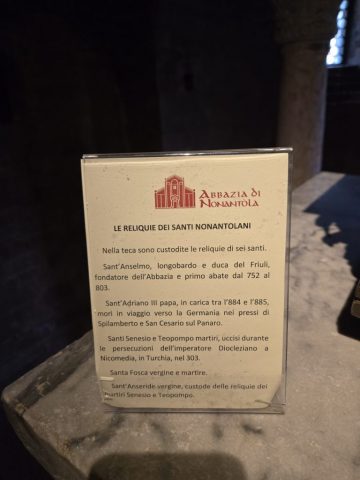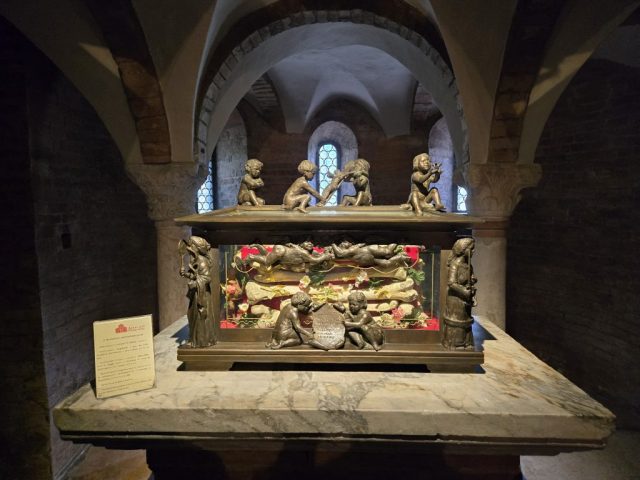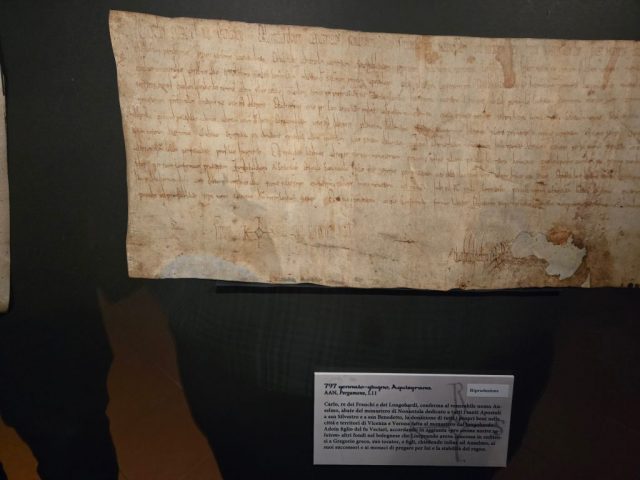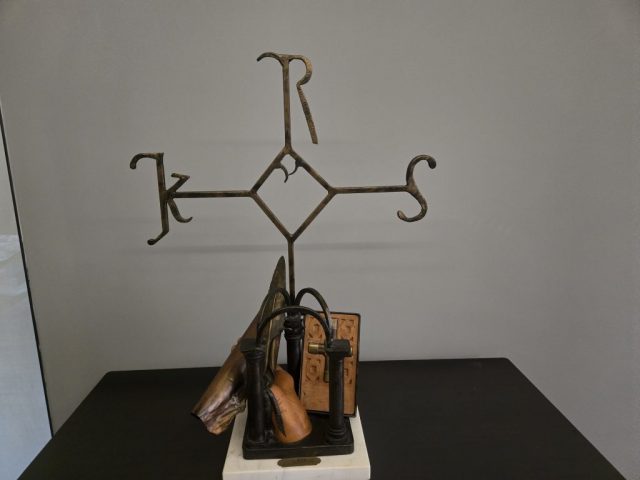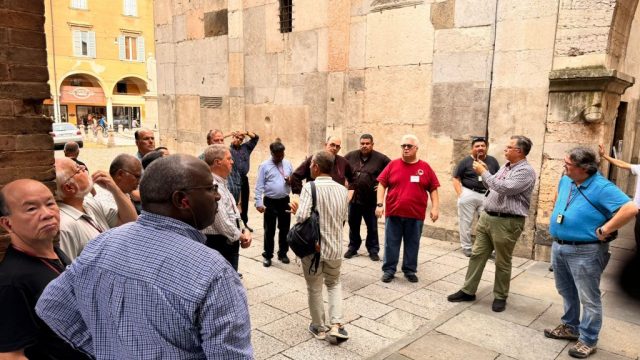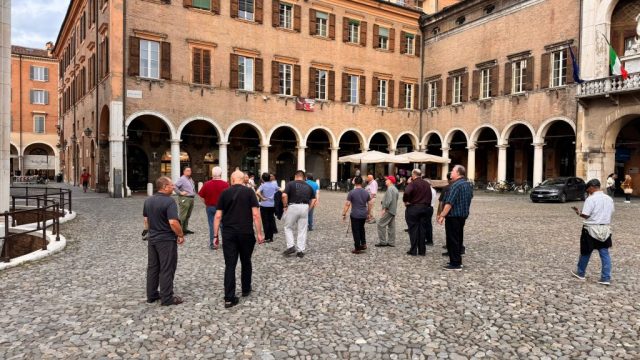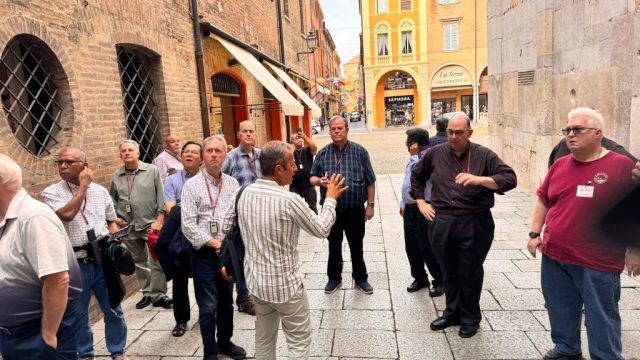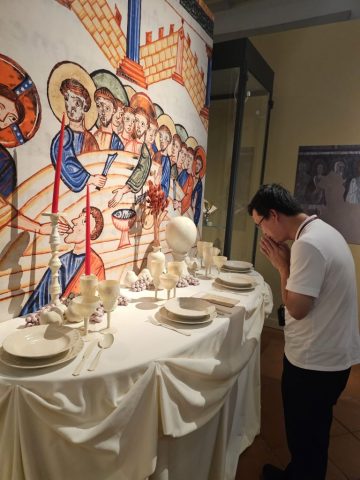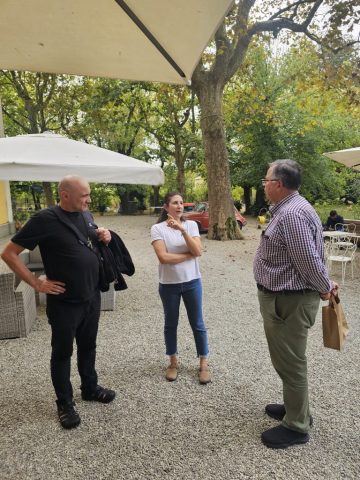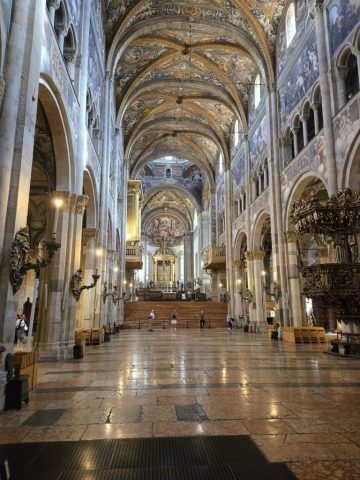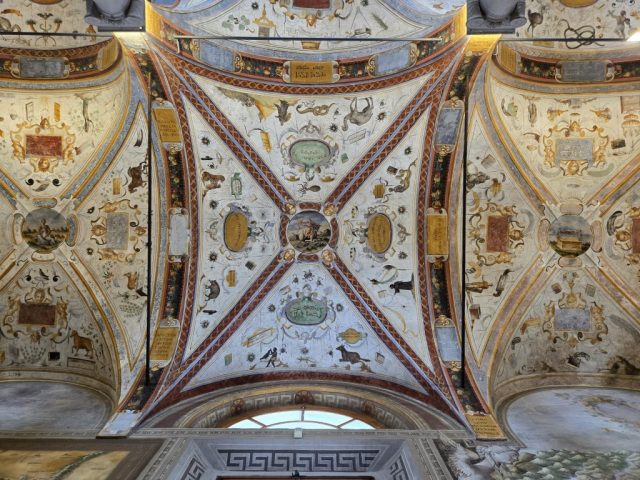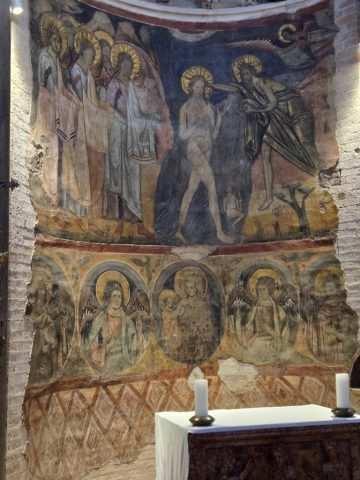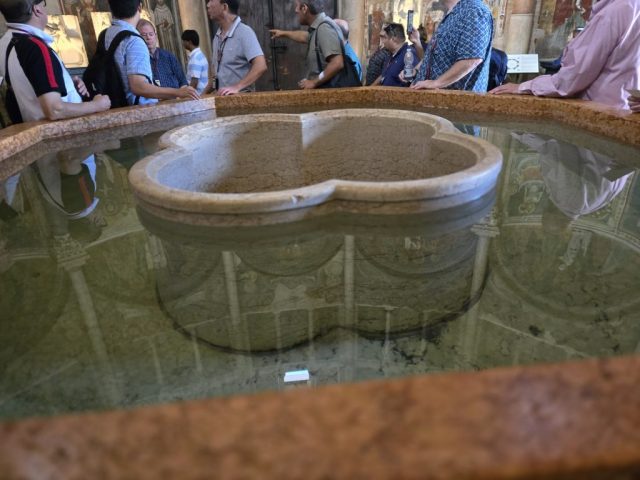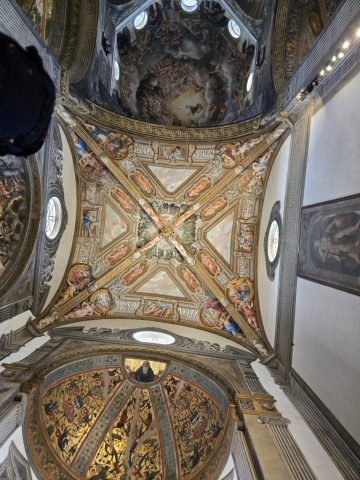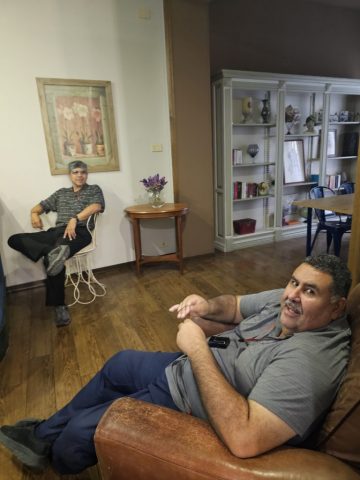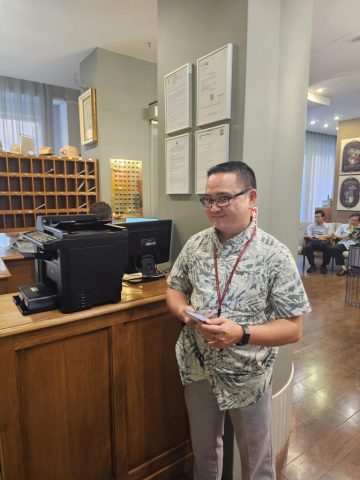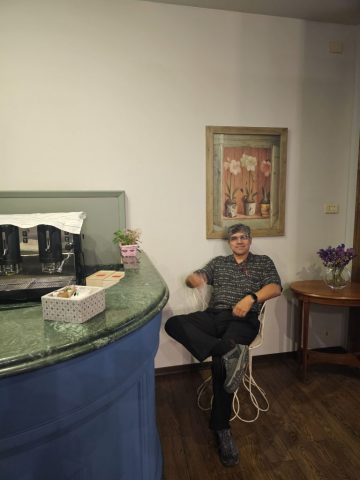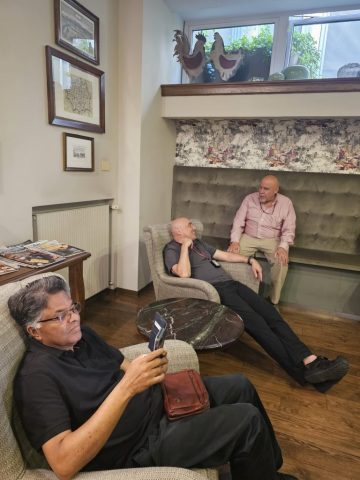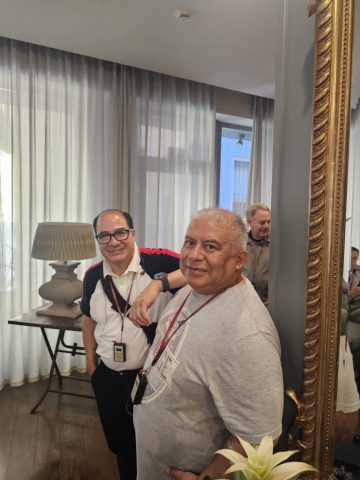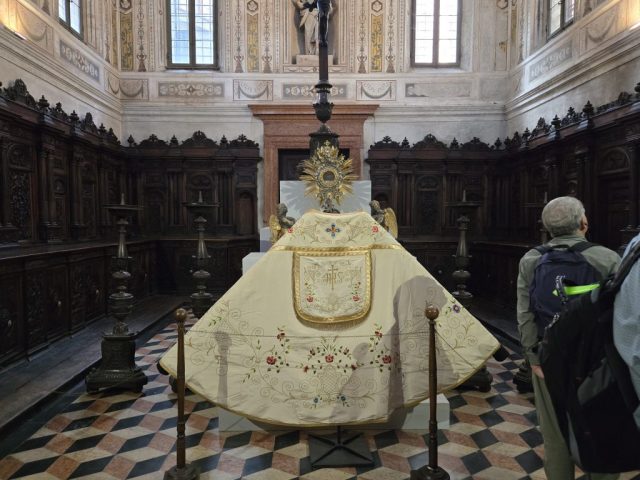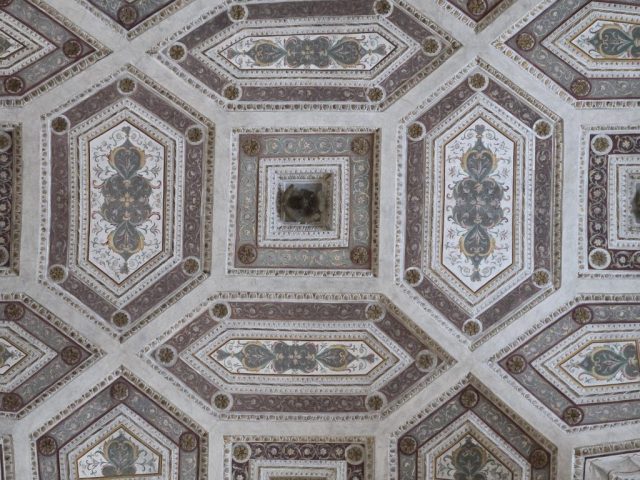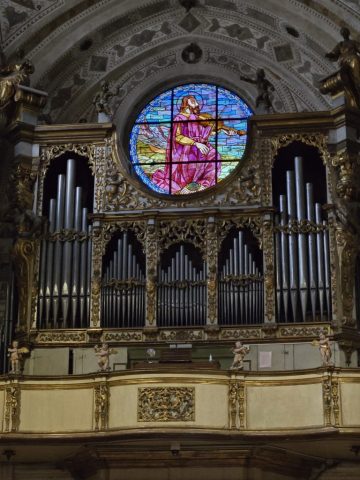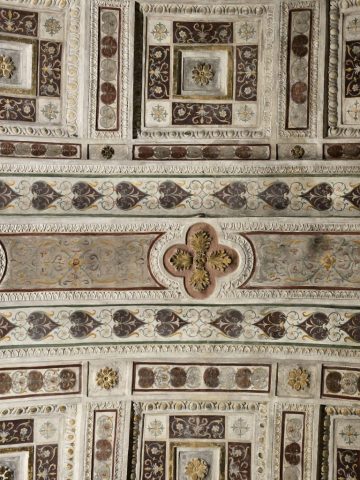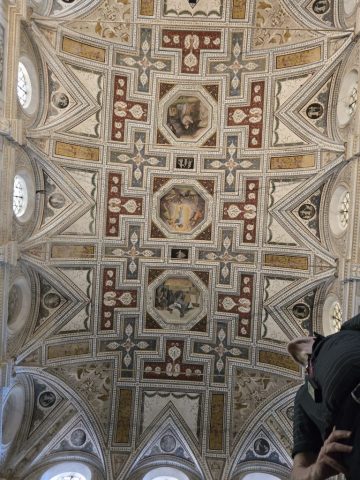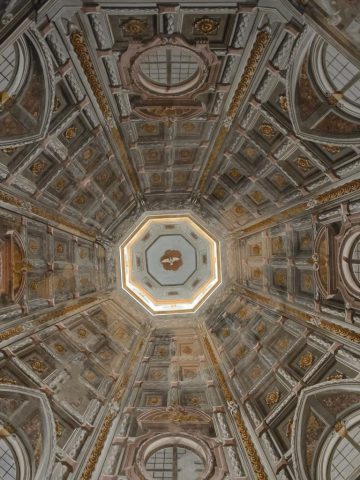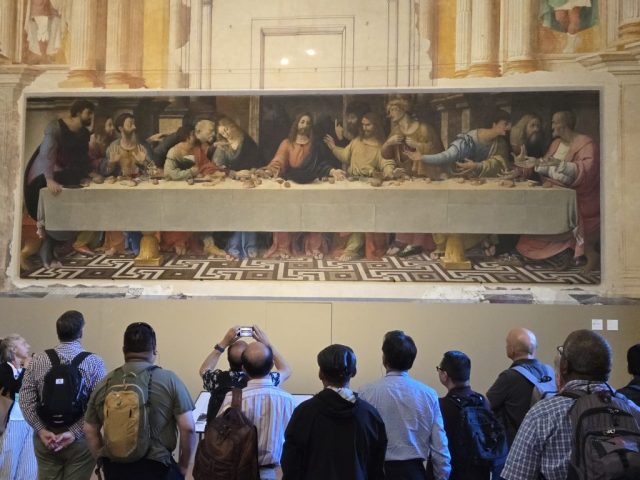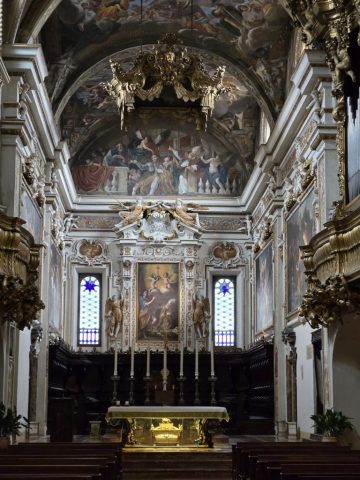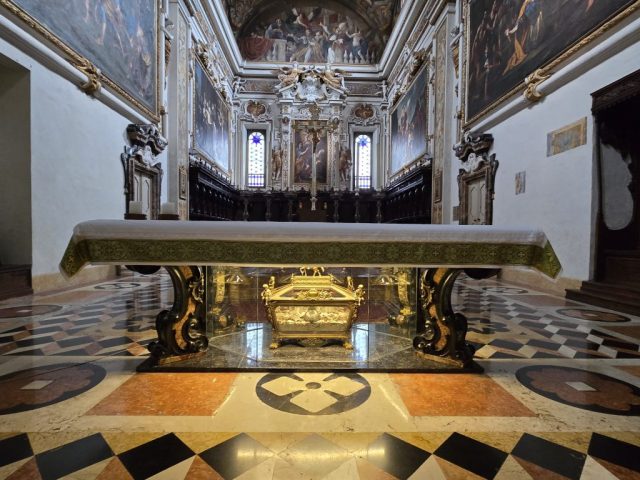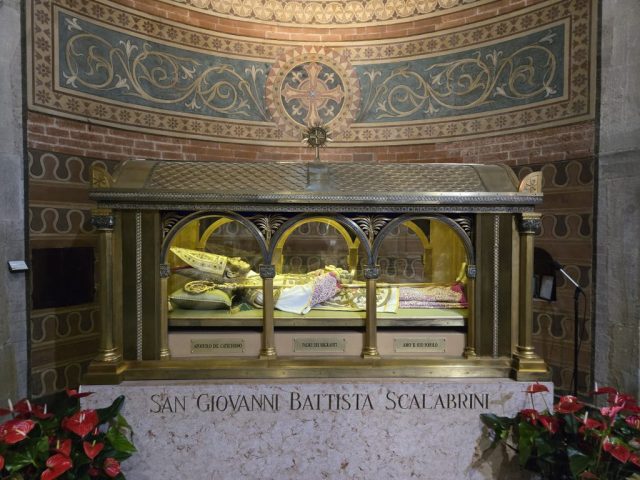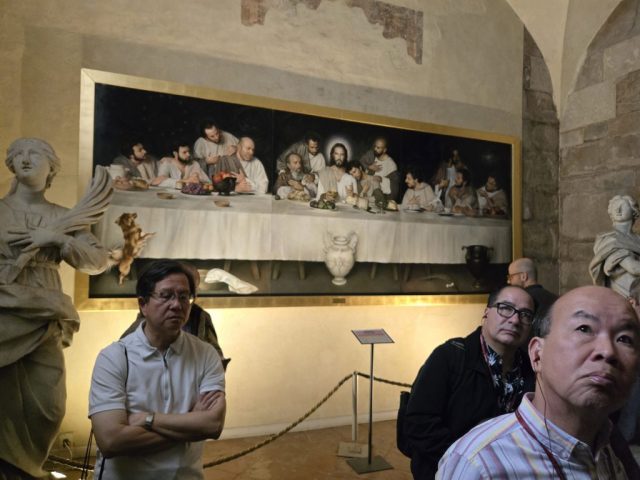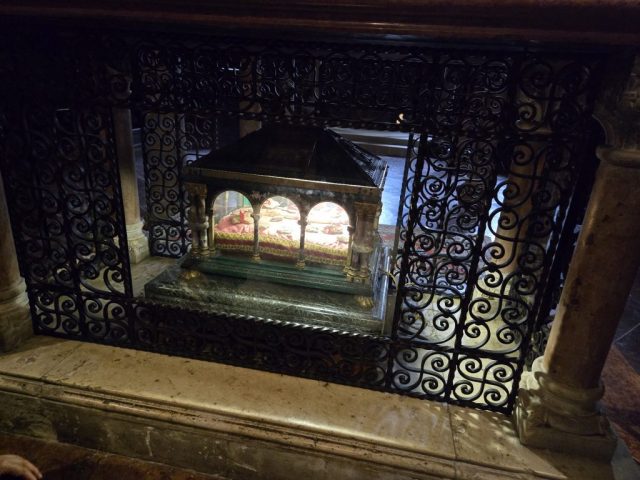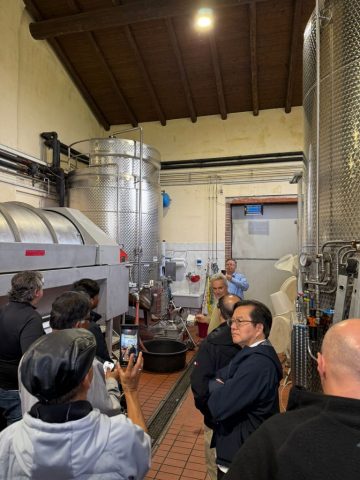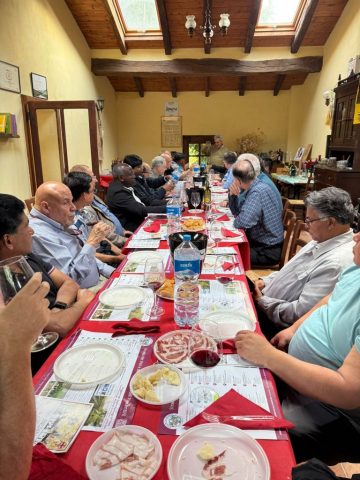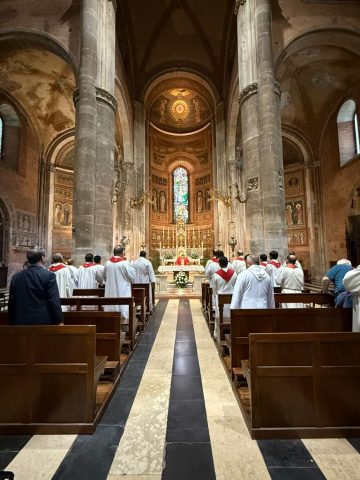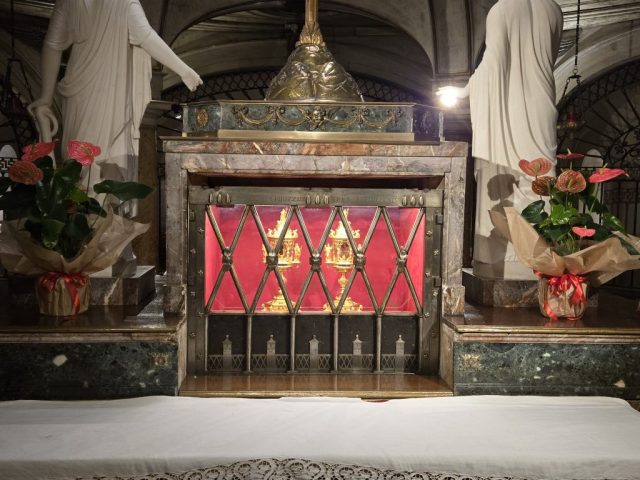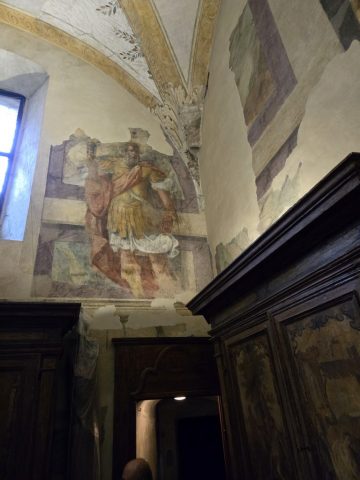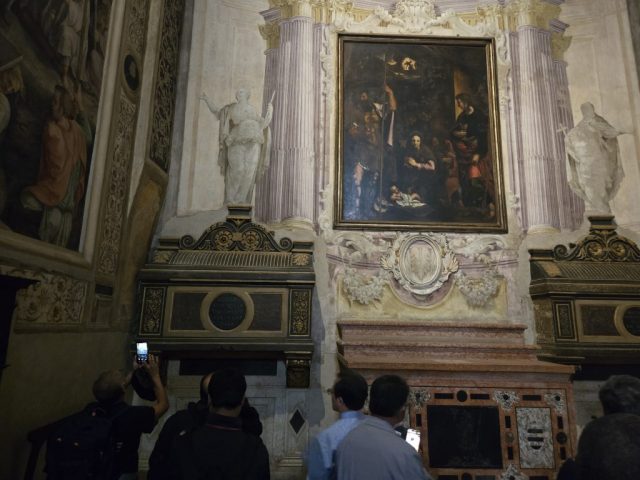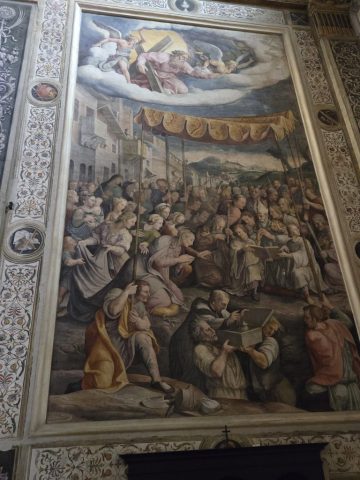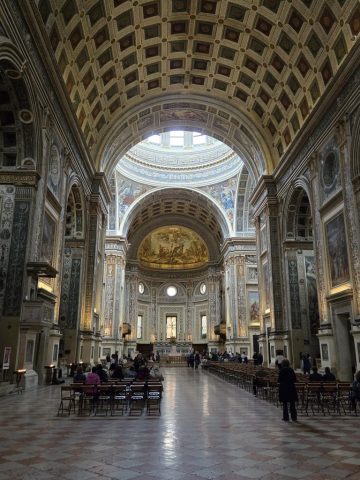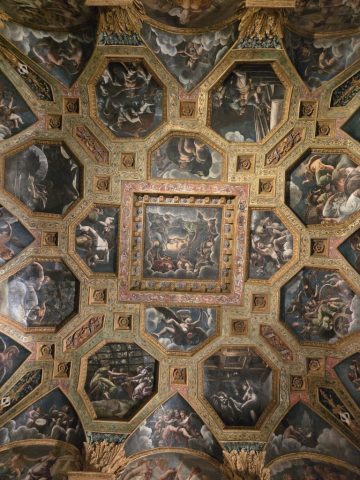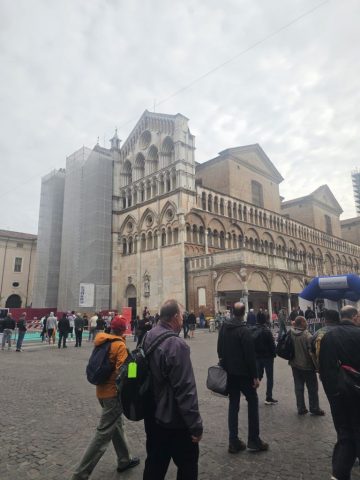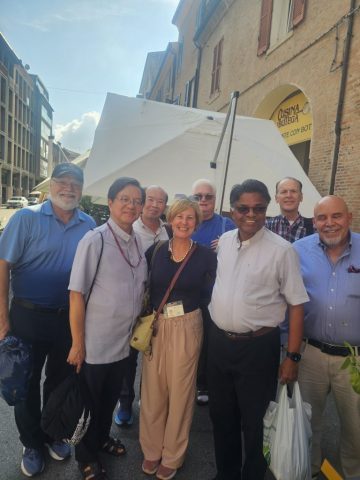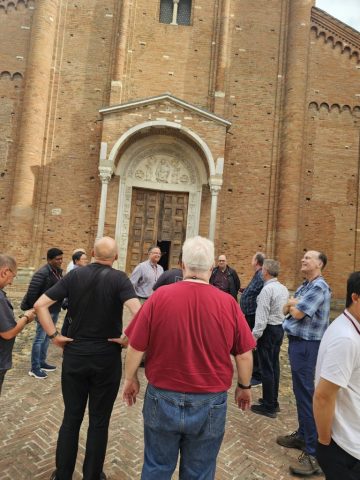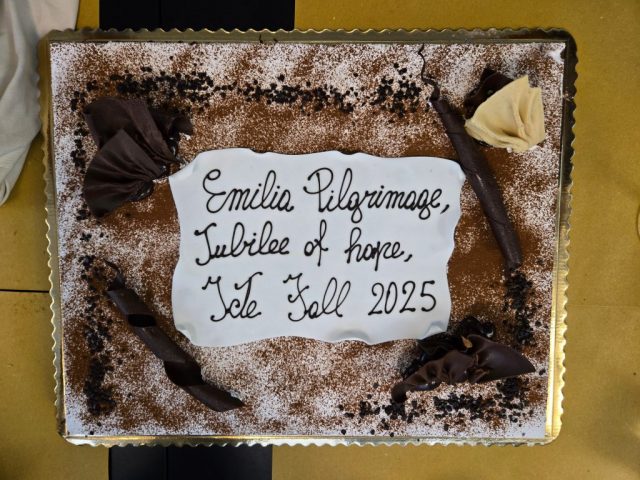Pilgrimage Experience
Having returned from our Pilgrimage to Northern Italy, it was an opportunity for us to retrace the footsteps the Christians (from the 14th Century onward) would’ve taken on a Jubilee Holy Year pilgrimage to Rome. We visited some smaller, simpler, churches that would’ve been reminiscent of typical home-town parish church’s from which the pilgrims set off on their journey. At each step along the journey, we (and the Christians from the Middle Ages) would’ve stopped at notable basilica’s and Cathedral’s along the way on their trek to Rome; and each structure along the way exhibited an intense love of the Lord. The artwork in some basilica’s and cathedral’s truly drew one’s heart to appreciate how far beyond comprehension is God’s mercy, understanding, and compassion.
As the Christians of the middle-ages would’ve of journeyed, each breath-taking structure was intended to remind us that God, who entrusted us with the abilities to create such works of art for His honor and glory, will never be outdone in generosity. When those middle age Christians finally made it to the Vatican and caught a glimpse of the Basilica of St. Peter, it’s size, beauty, and prominence, they came to realize: this is beyond anything I could ever have conceptualized or imagined. Which is precisely how we should feel about the mercy God wishes to bestow upon us – especially during a jubilee year.
The only unfortunate component to this, for my classmates and me, is that we’d already been to and toured the Basilica of St. Peter’s; the ‘wow-factor’ early century Christians once experience can’t be replicated today – because we’re so connected via TV and internet. And it’d be similarly anti-climactic for you as well – as we’ve all seen images and virtual tours of St. Peter’s. To have trekked in their footsteps, however, has given me an appreciation of their journey of faith – and appreciation of God’s intimate presence and involvement in their lives.
I also noticed something in several churches along our pilgrimage, that I often made reference to when I was assigned (and gave tours) at Cleveland’s St. John Cathedral. In the mortuary chapel at St. John Cathedral are the full corpus remains of St. Christina – a 4th century girl (about 14) who was murdered by her father because of her commitment to Catholicism. I would often times tell visitors that “In the early 20th Bp. Schrems requested a full-corpus relic of a saint so immigrants to Cleveland might find elements that would remind them of their home-town church in the old-country.” And, truth-be-told, there were full-corpus relics in many of the churches we visited (small-town, as well as the basilicas and cathedrals).



